In this comprehensive guide, we’ll provide you with practical information, insider tips, and valuable insights to ensure your journey through India is smooth and enjoyable. From currency and visa requirements to navigating the diverse travel seasons, we’ve got you covered.
Currency
India’s official currency is the Indian Rupee (INR). It’s best to exchange your currency for Rupees at banks or authorized currency exchange offices for the most favorable rates. Credit cards are widely accepted in urban areas, but it’s advisable to carry some cash for smaller establishments and rural areas.
Most ATMs have a limit of 10,000 INR (~€115) per day. There are some ATMs from SBI and ICICI bank that allow you to take some more. This will be more than enough for a few days, assuming you are paying hotels and high-end restaurants by card.
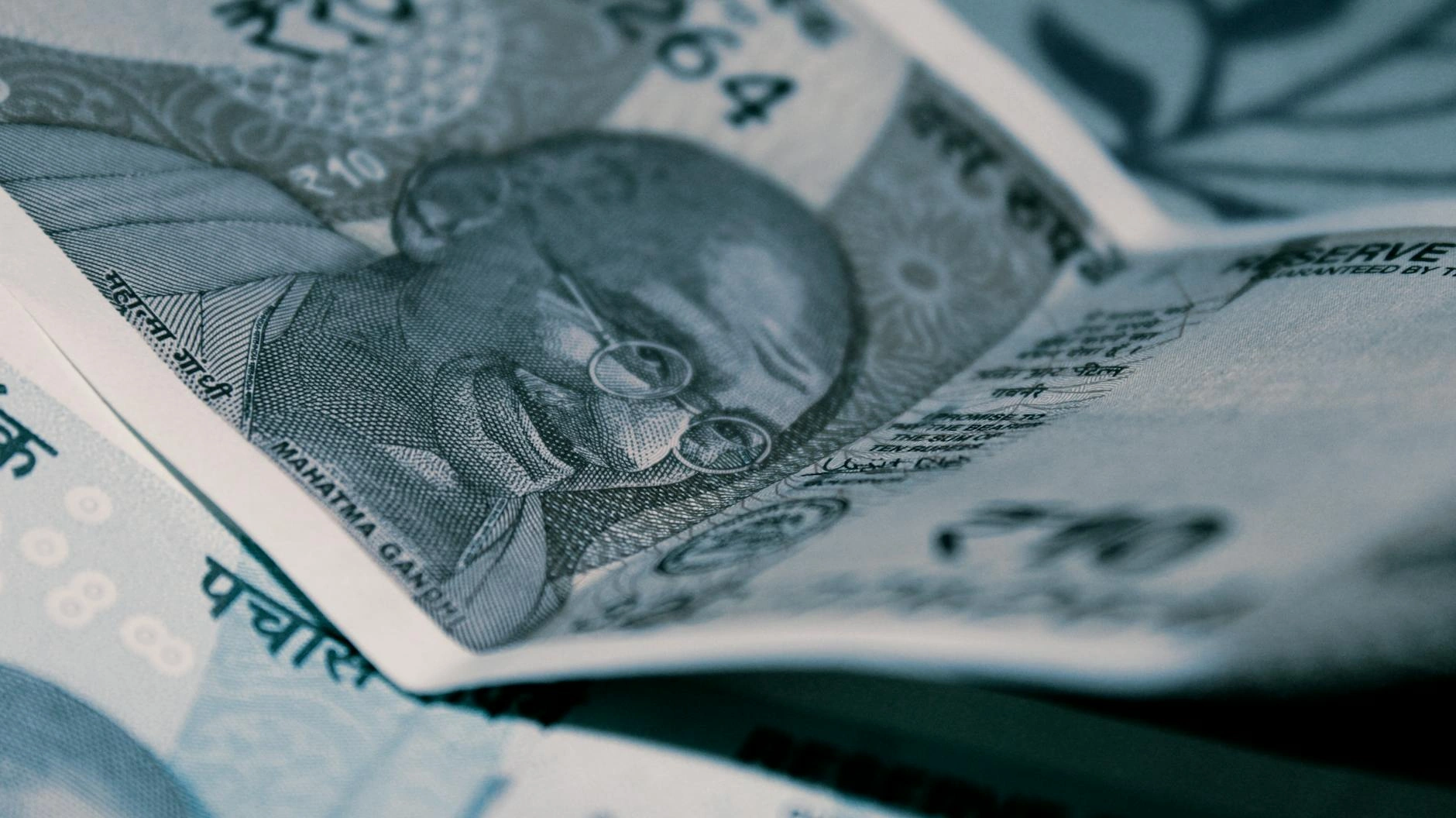
Visa Requirements
Travelers to India typically need a visa. The type of visa required depends on your nationality and the purpose of your visit. You can apply for an e-visa online for tourism, business, or medical purposes. Make sure to check the latest visa requirements and apply well in advance of your trip.
The Different Travel Seasons
India experiences three main travel seasons:
❄️ Winter (November to February): Ideal for most travelers, with pleasant weather across the country.
☀️ Summer (March to June): Hot and dry in most regions, except for the hill stations which provide relief from the heat.
🌧️ Monsoon (June to September): Heavy rainfall in many parts of India, making travel challenging but lush landscapes.
Consider the weather and your preferences when planning your trip.
Electricity
India uses a 230V, 50Hz electrical system. The plug type is typically the round two-pin or three-pin type. Travelers from other regions may need plug adapters and voltage converters for their electronic devices.
SIM card
Getting a local SIM card in India is a convenient way to stay connected. Major providers include Airtel, Vodafone, and Jio. You’ll need a copy of your passport and visa, along with a passport-sized photo, for the SIM card registration process. It’s recommended to buy a SIM card at official stores or kiosks. The main providers in India are Airtel and Vodafone.
Personally, we bought a Vodafone SIM card in the center of Delhi. We went there with the copies of our documents and were able to pick up our SIM card a few hours later. An easier ways is to get it at Delhi airport. There is an Airtel kiosk that is open 24/7 and is located in terminal 3. The kiosk is next to Costa Coffee and you can see it if you are leaving either International or Domestic Arrivals. Expect to pay around $10 in cash, there are ATMs available at the airport.
Nowadays you can also buy your eSIM from home. This is a bit more costly, but it is super convenient to already have mobile access upon landing. Make sure your phone supports eSIMs and check out the available eSIM options.
Transportation Guide
India has a vast and diverse transportation network. For domestic travel, you can choose from trains, buses, and domestic flights. Trains are popular for long-distance travel and offer different classes of comfort. Buses are widely available for shorter routes. Domestic flights are common for covering large distances quickly.

Car Rental and Driving
Renting a car and self-driving can be challenging in India due to traffic conditions, different driving styles, and road conditions. If you wish to rent a car, it’s recommended to hire a driver as well. Be aware that traffic can be chaotic in many Indian cities, and road signs may not always be in English.
Instead we highly recommend to use Uber and Uber Intercity. More about transportation in India can be found here.
Cultural Etiquette
Understanding and respecting local customs is important in India. Here are a few key points:
🙏 Greetings: The traditional greeting is “Namaste,” said with hands pressed together and a slight bow.
👗 Dress Modestly: Especially in religious and rural areas, dressing modestly is appreciated. Covering shoulders and knees is advisable.
👞 Shoes Off: Always remove your shoes before entering someone’s home or a place of worship.
🤲 Right Hand Use: Use your right hand for eating and giving or receiving items, as the left hand is considered unclean.
Safety Tips
While India is a fascinating country to visit, it’s important to stay aware of your surroundings. Here are some safety tips:
🌃 Avoid Isolated Areas at Night: Stick to well-lit, populated areas.
🔒 Secure Your Belongings: Keep your valuables secure and be cautious of pickpockets, especially in crowded places.
⚠️ Be Aware of Scams: Unfortunately, there are scams targeting tourists. Read about common scams and how to avoid them here.
What else do I need to consider?
Aside from the mentioned practical information, consider the following:
🛡️ Travel Insurance: It’s essential to have comprehensive travel insurance that covers medical emergencies, trip cancellations, and lost belongings.
🩺 Health Preparations: Ensure you have any necessary vaccinations and carry a basic medical kit for common ailments.
By following these tips and being prepared, you’ll be set for an enjoyable and smooth journey through India. Safe travels!
Help us by supporting our blog
We want to give you honest reviews and keep this blog free. Therefore we added some affiliate links that might give us a commission at no additional cost to you. Support our blog by booking through our partners.

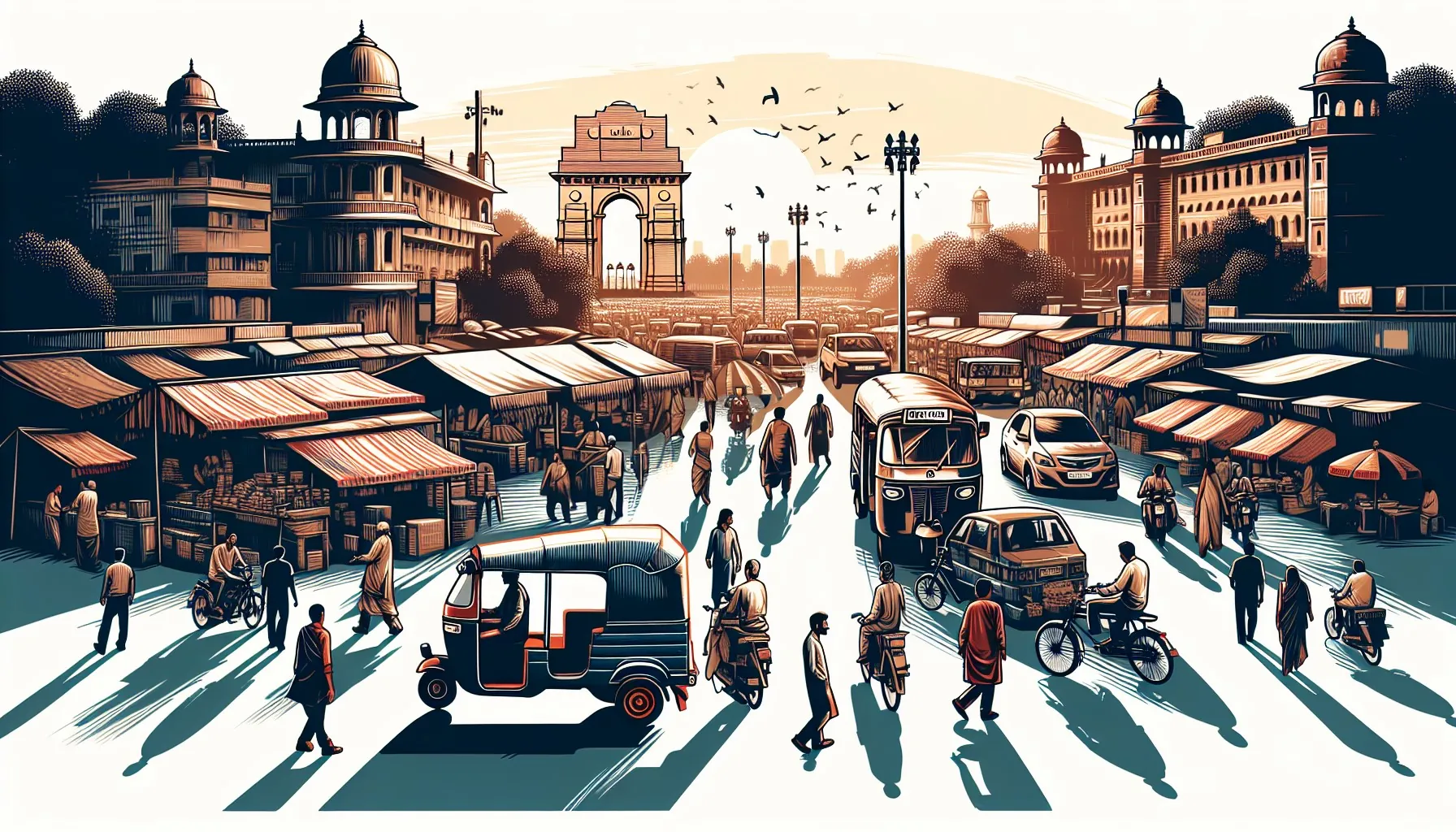
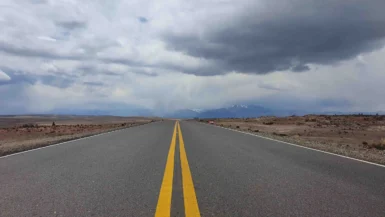
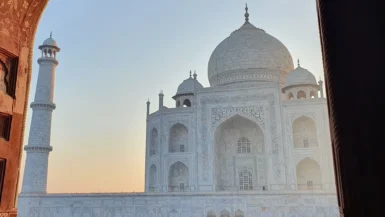
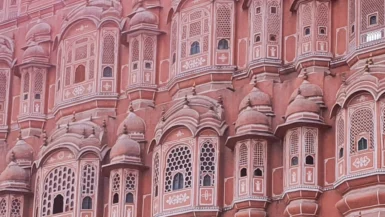
Leave a reply